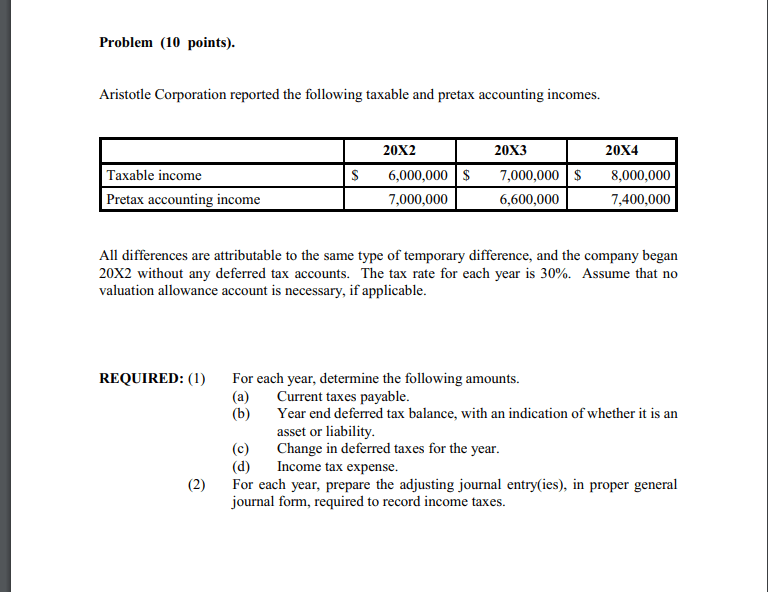
Managerial accounting is the process of identifying, analyzing, interpreting and communicating information to managers to help managers make decisions within a company and to help achieve business goals. Accurate and relevant accounts are crucial to management accounting and shrewd decision-making by company leaders. If the accounting statements are inadequate, inaccurate, or incomplete, management may struggle to make appropriate choices when mapping out a company’s long-term strategy. No, managerial accountants are not legally obligated to follow GAAP because the documents they produce are not regulated by GAAP.
It presents the financial information in regular intervals using easy-to-understand techniques such as standard costing, marginal costing, project appraisal, and control accounting. However, the information required to make managerial decisions depends completely on financial statements. Besides several disadvantages, it acts as a useful tool for better management of business. Managerial accountants analyze and relay information related to capital expenditure decisions.
Switch to smart accounting. Try Zoho Books today!
With this form of comparative analysis, the variance between the standard cost and actual cost is determined. Problem areas are then pinpointed and remedial actions are executed to get things up to standard. Learners are advised to conduct additional research to ensure that courses and other credentials pursued meet their personal, professional, and financial goals. Better optimization of resources can be achieved by having this understanding of all expenses, including inventory waste, hourly labor costs, and overhead costs. Managerial accounting, in contrast, uses pro forma measures that describe and measure the financial information tracked internally by corporate managers.

It remains a good tool in properly managing business objectives and improving business workflow and day-to-day operations. A performance report provides information about the outcome of an activity or the work of an individual. It compares the initial plan set out by a company with the current state of affairs, determining if business goals are being fulfilled or not. A budget is generated by a business to create a financial framework according to which business goals can be achieved without overspending. It is usually based on past experiences and contains all the planned earnings and expenditures expected by a business within a period. Under budgetary control, future financial needs are documented alongside their costs and arranged in an orderly manner for efficient business operations.
Types of Managerial Accounting
Even a handful of negative comments scattered across the internet can cost companies millions of dollars in annual sales. The CMA professional certification can give you a competitive edge because it signals your mastery of the critical accounting and finance management skills needed in today’s global business landscape. Although financial accounting can be a springboard to Managerial accounting management accounting, education can also supplement a financial accounting background. A majority of employers require candidates for accountant or auditor positions to have a bachelor’s degree in accounting or a related field, according to BLS. Unlike financial accountants, management accountants are focused on making future projections for a business or organization.
Since managerial accounting is different than financial accounting, this goes beyond just revenues and expenses. Using their analytical skills, managerial accounting teams will analyze cash inflows and outflows, including non-expense items, to get a bigger picture of a company’s financial pulse. Because the goal of professionals in these roles is to support the management team, ad-hoc reports can be presented in a way customized to suit the unique needs of the business. They don’t need to adhere to GAAP since the ad-hoc reports are informal and for internal use only. However, all financial statements like the Profit & Loss, Balance Sheet, etc must follow GAAP.
What is a management accounting control system?
He has published widely in academic business journals, and several of his articles have won major awards. He serves on several editorial boards of journals specializing in accounting education, and has received awards for teaching excellence from Miami University’s school of business and from its student government. He is a leading thinker in undergraduate management accounting curriculum innovation and is a frequent presenter at various professional and academic conferences. A former auditor, he continues as a consultant on case writing to numerous firms. An account receivable report is a periodic report that organizes a company’s receivables according to the length of time the debt has remained unpaid. It helps a company to measure the financial health of its customers and determine the creditworthiness of each in case of future credit transactions.
- To stay certified, you’ll have to pay an annual membership fee and complete ongoing continuing education requirements.
- Furthermore, capital budgets outline potential future expenses, such as acquisitions, new equipment purchases, facility upgrades, and long-term project investments.
- If the accounting statements are inadequate, inaccurate, or incomplete, management may struggle to make appropriate choices when mapping out a company’s long-term strategy.
- Nevertheless, no future forecasting is allowed in the statements issued by a financial accountant.
- The degree of complexity relative to these activities are dependent on the experience level and abilities of any one individual.
Traditional approaches limit themselves by defining cost behavior only in terms of production or sales volume. Managerial accountants perform cash flow analysis in order to determine the cash impact of business decisions. Most companies record their financial information on the accrual basis of accounting. Although accrual accounting provides a more accurate picture of a company’s true financial position, it also makes it harder to see the true cash impact of a single financial transaction.
Techniques in Managerial Accounting
Because of this, financial accounting procedures are required to fulfill certain standards set by regulatory bodies. The main difference between managerial accounting and financial accounting is the users of the information generated. If a company has a budget of $100 per week for purchasing a good and the weekly price of this good increases to $150, managerial accounting helps to provide quick information to go about this change. However, it can be difficult for internal managers in a company to interpret these accounting records compiled by accountants and bookkeepers because they are mostly aimed at external parties. Budgets are extensively used as a quantitative expression of the company’s plan of operation.

GPK is published in cost accounting textbooks, notably Flexible Plankostenrechnung und Deckungsbeitragsrechnung[19] and taught at German-speaking universities. A modern approach to close accounting is continuous accounting, which focuses on achieving a point-in-time close, where accounting processes typically performed at period-end are distributed evenly throughout the period. Managerial Accounting boasts “Review Problems” at the end of each major section or learning objective which offer practical opportunities for students to apply what they have learned. These “Review Problems” allow students to immediately reinforce what they have learned and are provided within the body of the chapter along with the solutions.
NetSuite has packaged the experience gained from tens of thousands of worldwide deployments over two decades into a set of leading practices that pave a clear path to success and are proven to deliver rapid business value. With NetSuite, you go live in a predictable timeframe — smart, stepped implementations begin with sales and span the entire customer lifecycle, so there’s continuity from sales to services to support. Requirements to enroll in the CMA program include membership to the IMA, payment of a program fee, a bachelor’s degree from an accredited university, and at least two years of consecutive professional experience. Once enrolled, you have up to one year to study and prepare for the CMA program. The Financial Accounting Standards Board (FASB), under the aegis of the Securities and Exchange Commission (SEC), establishes financial accounting rules in the United States.
Performance Measurement
He has published articles in The Accounting Review, Management Accounting, and other professional journals. Innovation in the classroom has earned him the Karl G. Maeser Distinguished Teaching Award from Brigham Young University. Managerial accounting uses easy-to-understand techniques such as standard costing, marginal costing, project appraisal, and control accounting. Martin loves entrepreneurship and has helped dozens of entrepreneurs by validating the business idea, finding scalable customer acquisition channels, and building a data-driven organization. During his time working in investment banking, tech startups, and industry-leading companies he gained extensive knowledge in using different software tools to optimize business processes.
Why world’s leading academics accept challenge to teach high … – South China Morning Post
Why world’s leading academics accept challenge to teach high ….
Posted: Fri, 04 Aug 2023 07:00:00 GMT [source]
The Generally Accepted Accounting Principles (GAAP) set by the Securities Exchange Commission (SEC) and standards set by the Financial Accounting Standards Board( FASB) are the primary regulatory standards in the US. Recertification requirements include 30 continuing education credits yearly, two of which must be in ethics. Performance reports are used to note the deviation of actual results compared what was budgeted. Take your learning and productivity to the next level with our Premium Templates. Appropriately managing accounts receivable (AR) can have positive effects on a company’s bottom line.
How much do management accountants make?
The sum of these rules is referred to as generally accepted accounting principles (GAAP). Investors and creditors often use financial statements to create forecasts of their own. Further, variance analysis seeks to determine how particular factors interact in throwing off projections.
Because managerial accounting is not for external users, it can be modified to meet the needs of its intended users. For example, managers in the production department may want to see their financial information displayed as a percentage of units produced in the period. The HR department manager may be interested in seeing a graph of salaries by employee over a period of time.
For managerial accounting, weekly and monthly budgets govern the types of products sold, product inventory levels, and the price points needed to ensure that businesses maintain sufficient margins to cover costs and remain solvent. Furthermore, capital budgets outline potential future expenses, such as acquisitions, new equipment purchases, facility upgrades, and long-term project investments. Capital budgeting is concerned with the analysis of information required to make the necessary decisions related to capital expenditures. In capital budgeting analysis, managerial accountants calculate the net present value (NPV) and the internal rate of return (IRR) to help managers to decide on new capital budgeting decisions.